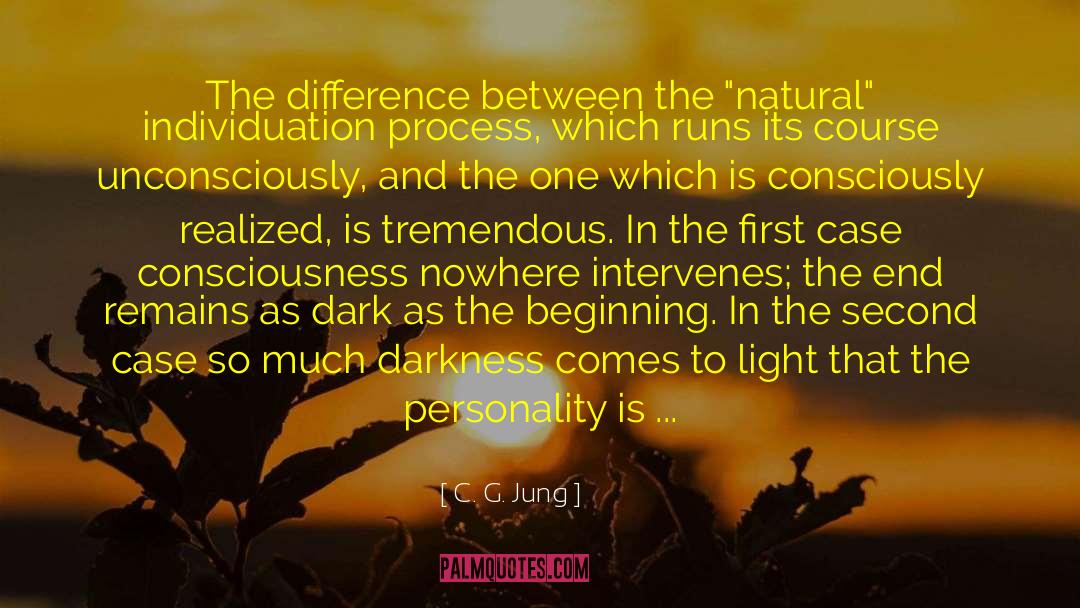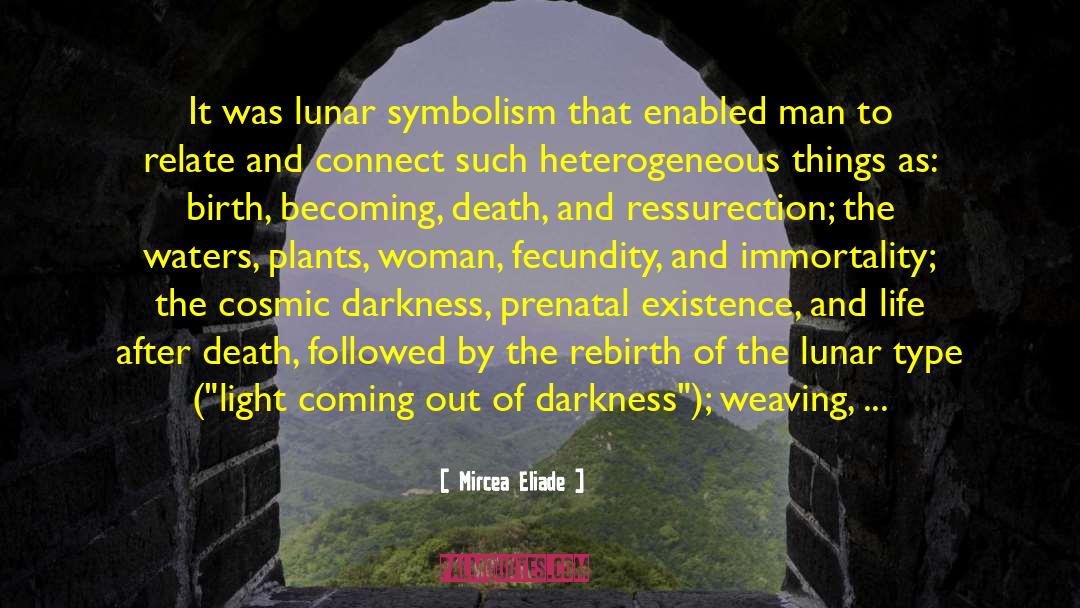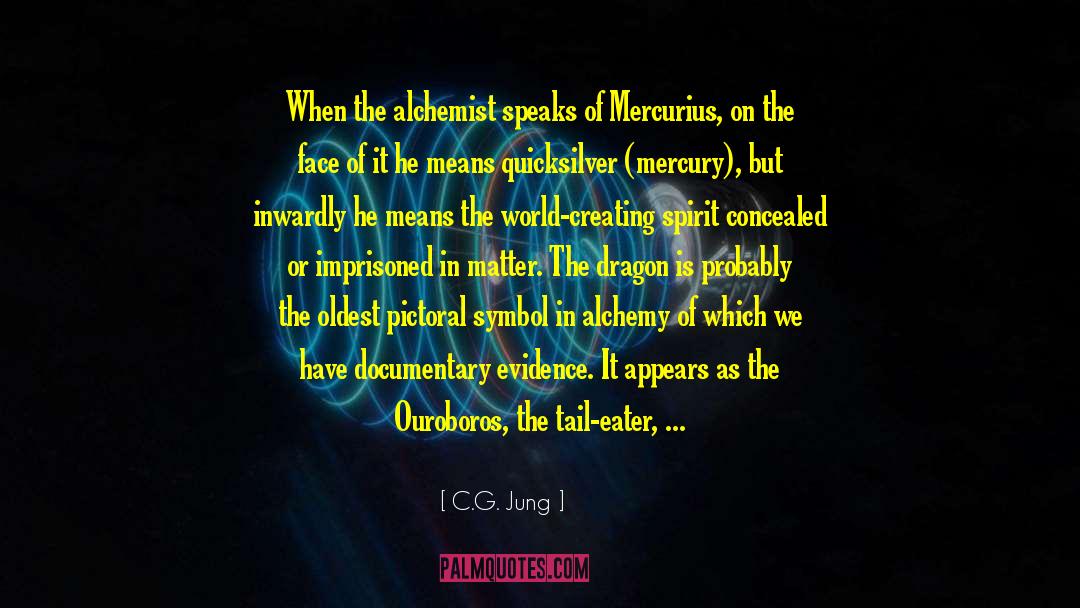Quotes About Coniunctio Oppositorum
Enjoy collection of 3 Coniunctio Oppositorum quotes. Download and share images of famous quotes about Coniunctio Oppositorum. Righ click to see and save pictures of Coniunctio Oppositorum quotes that you can use as your wallpaper for free.
The difference between the "natural" individuation process, which runs its course unconsciously, and the one which is consciously realized, is tremendous. In the first case consciousness nowhere intervenes; the end remains as dark as the beginning. In the second case so much darkness comes to light that the personality is permeated with light, and consciousness necessarily gains in scope and insight. The encounter between conscious and unconscious has to ensure that the light which shines in the darkness is not only comprehended by the darkness, but comprehends it. The filius solis et lunae (the son of the Sun and Moon) is the possible result as well as the symbol of this union of opposites. It is the alpha and omega of the process, the mediator and intermedius. "It has a thousand names," say the alchemists, meaning that the source from which the individuation process rises and the goal toward which it aims is nameless, ineffable. ~ C. G. Jung

It was lunar symbolism that enabled man to relate and connect such heterogeneous things as: birth, becoming, death, and ressurection; the waters, plants, woman, fecundity, and immortality; the cosmic darkness, prenatal existence, and life after death, followed by the rebirth of the lunar type ("light coming out of darkness"); weaving, the symbol of the "thread of life," fate, temporality, and death; and yet others. In general most of the ideas of cycle, dualism, polarity, opposition, conflict, but also of reconciliation of contraries, of coincidentia oppositorum, were either discovered or clarified by virtue of lunar symbolism. We may even speak of a metaphysics of the moon, in the sense of a consistent system of "truths" relating to the mode of being peculiar to living creatures, to everything in the cosmos that shares in life, that is, in becoming, growth and waning, death and ressurrection. ~ Mircea Eliade

When the alchemist speaks of Mercurius, on the face of it he means quicksilver (mercury), but inwardly he means the world-creating spirit concealed or imprisoned in matter. The dragon is probably the oldest pictoral symbol in alchemy of which we have documentary evidence. It appears as the Ouroboros, the tail-eater, in the Codex Marcianus, which dates from the tenth or eleventh century, together with the legend 'the One, the All'. Time and again the alchemists reiterate that the opus proceeds from the one and leads back to the one, that it is a sort of circle like a dragon biting its own tail. For this reason the opus was often called circulare (circular) or else rota (the wheel). Mercurius stands at the beginning and end of the work: he is the prima materia, the caput corvi, the nigredo; as dragon he devours himself and as dragon he dies, to rise again in the lapis. He is the play of colours in the cauda pavonis and the division into the four elements. He is the hermaphrodite that was in the beginning, that splits into the classical brother-sister duality and is reunited in the coniunctio, to appear once again at the end in the radiant form of the lumen novum, the stone. He is metallic yet liquid, matter yet spirit, cold yet fiery, poison and yet healing draught - a symbol uniting all the opposites. ~ C.G. Jung

